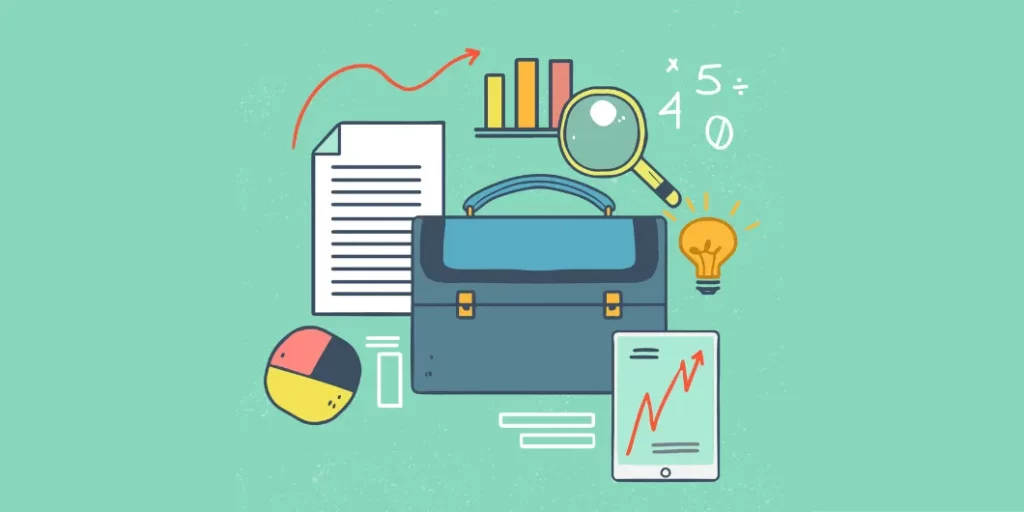
Predicting Prices: Strategies and Tools for Improved Precision
Predicting the market is about recognizing where things are headed and seeing trends that could affect your next action, and it is not only about numbers. Like technology has, our approaches to predict market behavior have evolved over time. Thanks to technical innovations, we now possess instruments enabling unheard-of reliability and accuracy in forecasting and using smart technology to guide the way forward.
Machine Learning and its Impact
Machine learning has drastically changed the way we approach the industry. Rather than depending entirely on intuition or historical data, algorithms now use prior trends to create more accurate forecasts. Long Short-Term Memory (LSTM) networks are a noteworthy tool in this sector, since they excel at processing time-based data such as bitcoin values. Machine learning for crypto forecasts began to gain traction in 2012-2013, as Bitcoin and other cryptocurrencies gained popularity. Machine learning emerged as a crucial way for anticipating market movements and trends by the mid-2010s, thanks to increased volatility in crypto markets and improved computing capabilities.
Understanding Machine Learning Models for Forecasting
Machine learning has transformed our understanding of the market. Rather than relying just on human intuition or historical data, algorithms now consider past trends to create more accurate forecasts. Long Short-Term Memory (LSTM) networks are a very effective tool for studying time-based data, such as stock prices or cryptocurrency movements.
However, machine learning does not end there; newer models, such as transformers (BERT and GPT), have shown promise in collecting complicated patterns and rapidly adapting to new data. Another effective way to enhance predictions is to combine multiple models. For example, Random Forests and Gradient Boosting Machines combine many models to get a more balanced forecast. Although these techniques can provide outstanding outcomes, they are not always relevant for every situation. In certain cases, deep learning models might produce superior results; but this depends on the specific data you are working with and the desired prediction.
Traditional Methods are still Applicable
Traditional methods are still quite important even as machine learning becomes more and more popular. Think about quantile regression averaging (QRA), for example. For price forecasting, it is a consistent and trustworthy instrument. By aggregating data from several models to generate a range of predicted results, QRA addresses the inherent uncertainty related to price movements. If you wish for exact and sophisticated results, it is still a good solution even if it is not as glamorous as some of the more modern techniques.
Knowing the Mindset of the Market
Though facts alone cannot always define price changes, the overall attitude of the market might be quite important. In this case, sentiment analysis helps. For instance, StockPulse monitors blogs, news, and social media to gauge public opinion of a tool. Examining these linkages may allow them to forecast how the market mood will affect price. However, sentiment analysis has limits, to get the most realistic image, it is best to combine it with other approaches.
Why It Makes Sense to Combine Methods
Often, combining many approaches provides the most accurate pricing projections. Combining sentiment research or conventional market analysis with machine learning, for instance, provides a more accurate and complete picture of where prices could fall. This approach is especially helpful in volatile or complex markets, including real estate or cryptocurrencies. Combining many models might assist you in having a more thorough understanding of the market situation and enhancing your projections.
Components Affecting Prediction Accuracy
Price prediction can be difficult even with the best tools.
- Data Quality: Your forecasts solely reflect the data you feed in. Even the most sophisticated models won’t produce dependable results if the data is flawed or lacking.
- Overfitting: Sometimes machine learning models get too preoccupied with past data, which reduces their efficacy as the market shifts. L1 or L2 regularization might help you keep the model more flexible and responsive, avoiding overfitting.
- The Unexpected: Markets are unexpected. Natural disasters, political upheavals, and viral news can all cause price swings not seen in any model. This is why traders should always be ready for unexpected events.
Instruments for Advanced Forecasting
Accurate projections depend largely on the right tools. Here are a few platforms that can improve your forecasting:
- Charting Platforms: If you like to visualize trends, TradingView is an excellent choice. It is user-friendly and allows you to track real-time data and create custom visualizations. Coinigy enables you to manage data across different exchanges, allowing you to keep track of your assets in one spot.
- Machine Learning Frameworks: TensorFlow and PyTorch are excellent frameworks for developing your own models, while Scikit-learn is a simple, no-frills solution that is perfect for creating and testing models.
- Market Sentiment Tools: FinBrain and StockPulse offer data on how news and social media impact asset values, enabling you to use the mood of the market to improve your forecasts. These tools can help you understand the underlying sentiment driving market changes.
- Adaptive Modeling Tools: Altreva’s Adaptive Modeler is a great tool for modeling actual trading actions. It helps you replicate the decision-making process of traders, offering insight into how their decisions affect market pricing.
Price forecasting presents several challenges even though it holds considerable promise. Combining sentiment analysis, machine learning, and traditional methods will yield more accurate price predictions. Still, the market is often volatile, so adaptability is key. Using the right tools and strategies, along with making smarter, more informed decisions, will help you navigate the financial landscape. Track data quality, minimize overfitting, and be prepared for the unexpected, and you’ll be ready for anything the market presents.